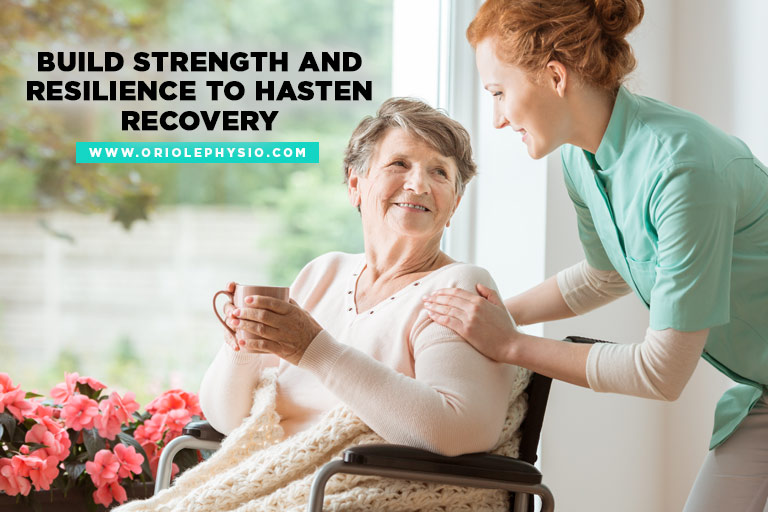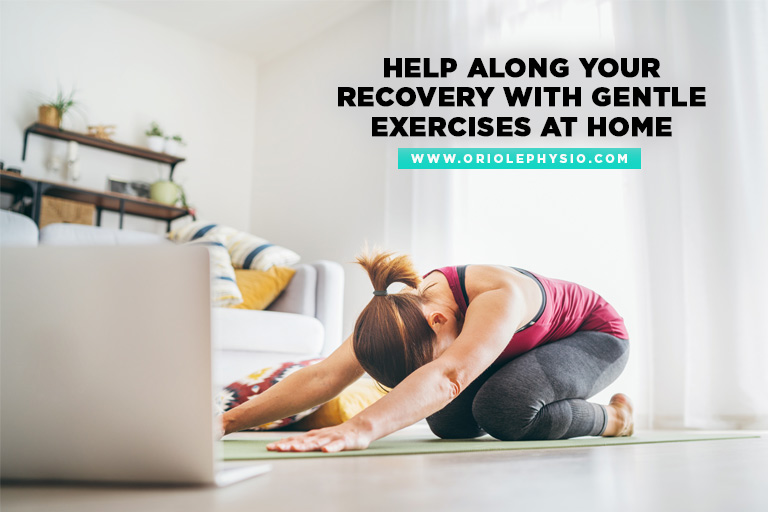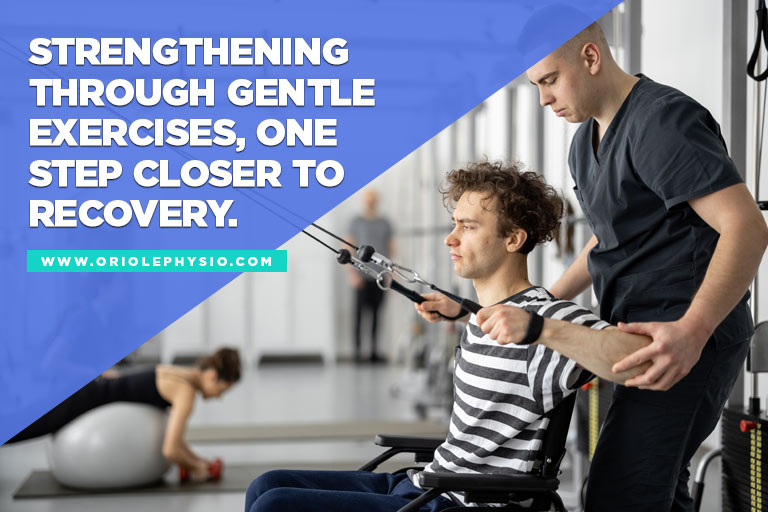10 At-Home Exercises for Faster Recovery
Exercises done at home are an effective tool when trying to recover from an accident or surgery more quickly or when trying to improve general well-being. One can improve their flexibility, mobility, and strength by committing to structured at-home exercises. By facilitating a quicker healing process and reducing the chance of relapse, these workouts have a double positive effect. This advice will be beneficial to you whether you’re recovering from a recent injury or surgery or you just want to get healthier overall. The idea is to effortlessly incorporate these routines into your daily life, from soft stretches to low-impact strength training. But before starting any new fitness program, always put your doctor’s advice first, especially during the crucial stages.
Learn about these workouts to work your way to faster recovery.
Why Regular Exercise Is Necessary for Recovering Individuals

It’s true that nutrition and medication are important aspects of the healing process after an accident or surgery, but regular physical activity is also quite important. The advantages listed below are what people in recovery may achieve by including the right workouts in their daily routines.
- Physical Benefits
At-home workouts allow patients to exercise in a comfortable and controlled setting that enables them to gradually regain strength and endurance. The comfort and familiarity of your own home help lessen the anxiety that may come with the need for physical activity. Working out at home is also less stressful so you are able to take a more proactive part in your healing process, increasing your sense of achievement and drive.
- Cardiovascular Health
For people who are recovering, cardiovascular health is essential. Aerobic exercises like walking, swimming, or cycling increase heart rate and improve circulation. This helps to lower the possibility of cardiovascular issues that may develop in the healing stage. Increased cardiovascular fitness also encourages the body’s capacity to withstand physical shocks and helps you avoid weariness, which is typical in those going through the rehabilitation process.
- Mental Well-Being
Physical and mental well-being are closely connected. The benefits of regular exercise extend to the mind as well as the body. People in recovery frequently struggle with emotional difficulties including stress, worry, and depression. Exercise stimulates the release of “feel-good” chemicals called endorphins. Endorphins contribute to a general improvement in mental health by reducing unpleasant feelings and elevating mood. Exercise also offers a beneficial diversion from the difficulties of recuperation, encouraging a more optimistic approach.
- Enhanced Respiratory Function
Regular exercise can greatly enhance respiratory function in those recuperating from respiratory diseases or operations. Exercises that improve breathing and expand the lungs include breathing exercises and other low-impact activities. Looking after your respiratory health is especially important if you want to avoid side effects like pneumonia while facilitating the body’s capacity to remove secretions from the respiratory system.
- Social Engagement and Support
The absence of social interaction can be detrimental to your mental and emotional health because recovery is often a solitary process. Through group fitness programs, friend-led walks, or sports activities, you can have the chance to interact with other people who may be in the same boat you are. This social engagement will help you build a network of support, lessen loneliness, and increase self-esteem, all of which are beneficial to the whole rehabilitation process.
- Long-Term Health and Illness Prevention
Lay the foundation for your long-term health and illness prevention with regular exercise. Exercise regimens that build bone and muscular strength can help people recuperate from orthopedic injuries and lower their risk of further accidents. A physically active lifestyle also reduces the likelihood of developing chronic conditions like diabetes, obesity, and cardiovascular diseases, making for a healthier future.
10 Exercises You Can Do at Home

Physical injury recovery may be a difficult process that calls for persistence, commitment, and a well-thought-out plan. The benefits of exercise aren’t only limited to enhancing our physical and mental well-being as it is also a great aid for recovering individuals.
Talking with your physical therapist about the exercises that you are about to take should be at the top of your list as their opinion about your current health situation and recovery is highly important.
- Exercises for range of motion: Beginning with a gentle range-of-motion extension of each joint, avoid any pain or discomfort. To increase flexibility and mobility in that area, perform these exercises more often while lowering the effort.
- Static Stretches: For around 15 to 60 seconds, maintain the position without bouncing while gradually stretching the targeted muscle until some tension is felt. To progressively increase muscular flexibility and relieve tension, concentrate on taking deep breaths and letting yourself relax into the stretch.
- Isometric Exercises: A specific muscle group is contracted and tensed during an isometric workout while maintaining the same length and joint angle for 10 to 30 seconds. By increasing muscular endurance without requiring joint movement, these workouts aid in the development of strength and stability.
- Leg Slides (Hip Abduction/Adduction): Lay on your back and gently stretch one leg and then slowly bring it back to the beginning position while tensing the muscles in your outer hips. The leg should be brought back to its starting position once hip adduction has been achieved by moving the leg toward the midline and tensing the inner thigh muscles.
- Clamshells: Lay on your side with your knees bent. Elevate the knee on top while keeping your feet together. Switch sides after 10 to 20 seconds. This exercise can help to strengthen and stabilize your hips.
- Wall Push-Ups: Controlled push-ups may be done facing a wall with your hands on the wall at shoulder height while maintaining a strong upper body without placing undue strain on the injured area.
- Heel Slides: To improve knee or hip motion while on your back, roll your toes along the ground.
- Pelvic Tilts: To activate and enhance your core muscles, lay on your back with your legs bent and gradually tilt your pelvis back and forth.
- Stationary Cycling: Cycling on a stationary bike is a low-impact workout that can increase cardiovascular fitness while also gently working the legs.
- Yoga or Tai Chi: These disciplines can increase flexibility, balance, and general body awareness through the use of slow, controlled movements.
Always start with low-intensity activities and increase them gradually. Stop the activity as soon as you feel any pain, discomfort, or aggravation of the injury, then speak with your doctor.
Consult our team of physiotherapists at Oriole Physiotherapy to determine what at-home exercises will complement your rehabilitation program and benefit you the most. Call us at (416) 221 0772 and we’ll do everything we can to give you comfort and relief.

